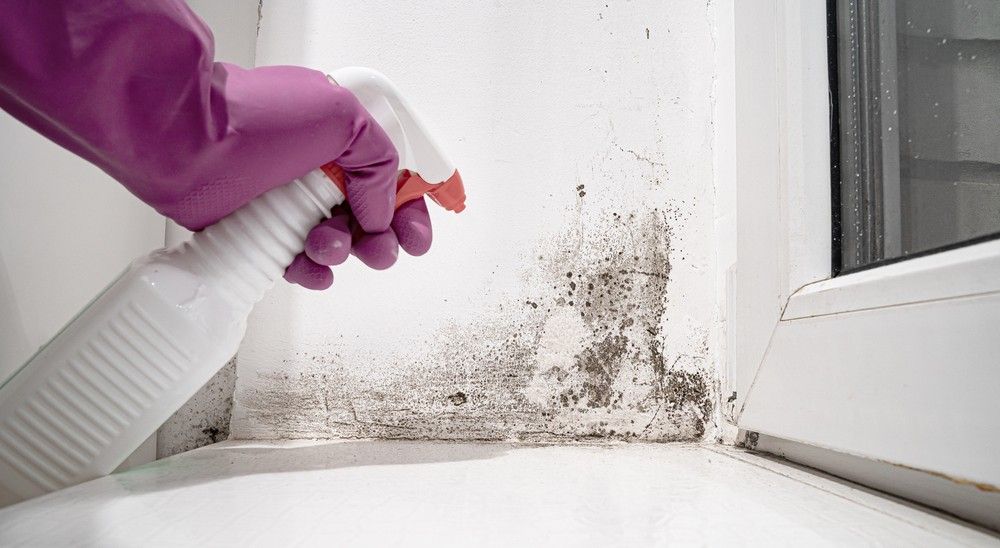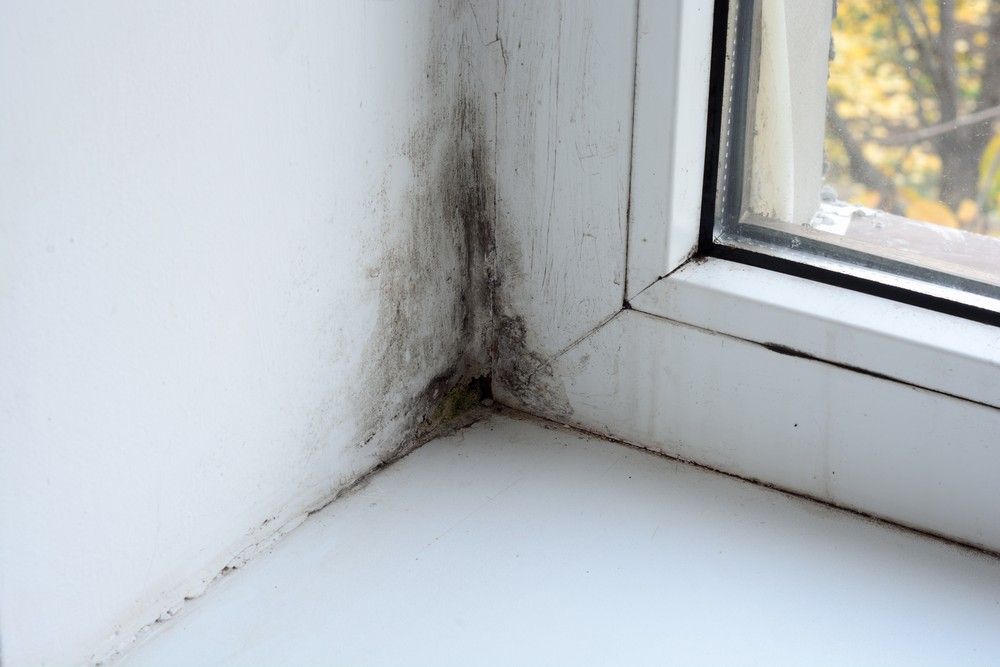Mould Removal Newcastle
If you’re noticing musty odours, discoloured patches on your walls, or signs of dampness in your home or business, mould may be the cause. At Dryology Carpet Cleaning, we provide professional mould removal in Newcastle, using safe and effective methods to restore indoor environments and help prevent future regrowth.
Mould isn’t just unsightly — it can also compromise indoor air quality and affect your health, especially if left untreated. Whether you’re dealing with surface mould, deep-seated growth in wall cavities, or ongoing moisture issues, our trained team is here to help with fast, thorough, and discreet service across Newcastle and surrounding areas.
Residential & Commercial Services
Over 55 Years' Hands-On Experience
Accredited Cleaning Experts
Why Choose Our Newcastle Mould Removal Services?
Not all mould removal services are equal. At Dryology, we combine experience, industry-approved techniques, and local knowledge to deliver reliable results for homeowners, renters, and business owners across the region.
Certified Mould Remediation Specialists
Our technicians are trained in mould remediation and moisture control. We follow strict procedures to identify the root cause of the mould, not just the visible signs. From air sampling and moisture mapping to safe removal and HEPA vacuuming, we use industry-grade methods for effective, lasting results.
Safe for Homes, Families & Pets
All of our treatments are non-toxic, low-odour, and safe for residential use. We understand the importance of treating mould without compromising your indoor environment. Our solutions are suitable for homes with children, pets, and individuals with respiratory sensitivities.
Competitive Pricing & Free Quotes
We believe in transparent pricing and honest advice. Our mould removal services are priced competitively with no hidden fees. We also provide free quotes after an on-site inspection, helping you understand the scope of the work before any treatment begins.
Our Mould Removal Process
Our process for mould removal in Newcastle is designed to identify the source of the problem, eliminate existing mould, and reduce the risk of recurrence. Each step is handled with care and precision:
- Inspection & Assessment: We start by inspecting the affected areas and identifying the extent of the mould growth. Moisture readings and visual checks help determine the severity of the issue.
- Containment & Protection: To prevent cross-contamination, we isolate the treatment area and use protective sheeting or barriers where needed. Air scrubbers and filters may be used during treatment.
- Mould Removal & Cleaning: Mould is removed using specialised products, tools, and methods such as HEPA filtration vacuums, antimicrobial sprays, and scrubbing for hard surfaces.
- Drying & Dehumidification: Addressing the moisture source is key. We use drying equipment to lower humidity and moisture levels in the affected area.
- Prevention Advice & Follow-Up: After treatment, we provide recommendations on how to reduce future mould risk, including ventilation improvements and moisture management strategies.
Common Areas Affected by Mould
Mould thrives in damp, poorly ventilated spaces — many of which are found in everyday homes and buildings across Newcastle. These are the most commonly affected areas:
Bathrooms & Laundries
Bathrooms and laundries are prime areas for mould due to consistent humidity, water exposure, and limited airflow. Mould often forms on ceilings, in shower recesses, around windows, and behind cabinetry. Regular steam and poor ventilation make these rooms particularly vulnerable without proper maintenance.
Kitchens & Ceilings
Kitchens are prone to mould due to steam from cooking, leaking sinks, and condensation on windows or ceiling cavities. Mould can also develop above ceiling plaster, especially if there’s a roof leak or poor insulation, making it hard to detect until stains or odours appear.
Basements & Wall Cavities
Basements and subfloors often trap moisture, creating ideal conditions for mould growth. Wall cavities and behind built-in furniture can also harbour hidden mould, especially after flooding, plumbing leaks, or prolonged dampness. These concealed areas may require targeted inspection and treatment.
Health Risks of Mould Exposure
Exposure to mould can affect indoor air quality and lead to a range of health symptoms. While some people may not react at all, others, particularly those with asthma, allergies, or immune sensitivities, may experience:
- Persistent coughing or sneezing
- Itchy or watery eyes
- Skin irritation
- Headaches or fatigue
- Aggravated asthma symptoms
- Respiratory discomfort
Prolonged exposure in enclosed environments may worsen symptoms or lead to more serious respiratory conditions. That’s why prompt mould removal in Newcastle is not only about aesthetics but also about protecting your wellbeing and that of those around you.
Book Professional Mould Removal in Newcastle Today
If you’re dealing with mould in your home or workplace, don’t wait for it to spread or affect your health. Our team at Dryology offers reliable and professional mould removal in Newcastle, backed by certified techniques and a focus on long-term prevention.
We’re here to help you breathe easier, live safer, and enjoy a cleaner indoor environment.
Contact us today.
Mould Removal FAQ's
What causes mould in Newcastle homes?
Mould growth is typically caused by excess moisture, lack of ventilation, and warm, humid conditions — all of which are common in Newcastle's coastal climate. Common triggers include plumbing leaks, rising damp, condensation on windows, or poor airflow in bathrooms and laundries. Even everyday activities like cooking and drying clothes indoors can increase indoor humidity. Addressing the moisture source is essential to preventing mould recurrence.
How long does the removal process take?
The duration of the mould removal process depends on the extent of contamination, the size of the affected area, and the underlying cause. Minor jobs can often be completed within a few hours, while larger or hidden infestations may take 1–2 days, especially if drying or containment measures are needed. Following the treatment, areas may need additional ventilation or drying before they’re ready for normal use again.
Can mould come back after treatment?
Yes, mould can return if the moisture problem that caused it isn’t resolved. That’s why professional treatment focuses not only on removing visible mould but also on identifying and addressing the underlying moisture source. This might include fixing leaks, improving ventilation, or using a dehumidifier. With proper maintenance and environmental control, the risk of recurrence can be significantly reduced.
Do I need to leave my home during the mould removal process?
In most cases, you don’t need to vacate your home during mould removal, especially if the affected area is contained and the treatment is localised. However, if multiple rooms are impacted or if someone in the household has respiratory sensitivities, it may be more comfortable to vacate during or shortly after treatment. Our team uses safe, low-toxicity products and containment methods to minimise disruption. We’ll always advise you before work begins so you can make the best decision based on the extent of the mould and your personal needs.










